How Long Does It Take An Oil Painting To Dry? Drying Times Explained
Author:
GeorgeUpdated:
21.04.2025


- How Long Does Oil Paint Take to Dry?
- How to Quickly Dry an Oil Painting?
- 1.1. Increase Airflow
- 2.2. Use Heat
- 3.3. Use drying mediums
- 4.4. Choose Faster-Drying Oils and Pigments
- 1.
- What are the Drying Stages of an Oil Painting?
- What Factors Affect the Drying Time of an Oil Painting?
- What are the Benefits of Using Oil-based Paints?
Oil paintings are beautiful and timeless, but they come with a drawback that frustrates many artists—extremely long drying times. The drying process of an oil painting has 3 stages, including surface drying, through drying, and curing. Surface drying takes 1-3 days, through drying takes 1 week to a month, and curing can take 6 months to a year.
Without intervention, the drying process can stretch over months. This is not only annoying, but leaves your work vulnerable to smudges, dirt, and other environmental hazards.
Fortunately, there are ways to take control of this process. You just have to understand factors like paint thickness, and oil type. An effective method to quickly dry an oil painting is to place it in a well-ventilated area or room. The room must have good airflow and a constant moderate temperature. You can also put fans in the room to speed up the process.
How Long Does Oil Paint Take to Dry?
In oil paintings, the surface generally takes over 3 days to dry, but it takes almost 1 year for it to be dry throughout. Oil paintings usually take a long time to dry compared to acrylic and watercolors. The drying time also varies with the surfaces you paint on.
| Surface | Surface Drying Time | Full Curing Time |
| Canvas | 3 days | 1 year |
| Wood | 3 days | 1 year |
| Outside | 8 hours | 6 months to 1 year |
| Metal | 8 hours | 24 hours |
There's a chance you won't be able to finish an oil painting in a day, so sometimes you'll need to slow down the drying process. A professional painter Dan Scott shared his hack: “A simple way to preserve the paint on your palette between sessions is to wrap the palette in baking paper to stop the paint from drying out. This will only work for one night, but it is effective to some extent. You will notice some drying though.”
How to Quickly Dry an Oil Painting?
To quickly dry an oil painting, consider increasing airflow, using heat, using drying mediums, and choosing faster-drying oils and pigments.

The methods for quickly drying an oil painting are described below.
1. Increase Airflow
Place the painting in a well-ventilated room or use a fan for air circulation. Increased airflow promotes the evaporation of solvents. Avoid placing the painting in direct drafts or very strong airflow, as this could create uneven drying or disturb the paint layers.
This step is most suitable for the surface drying stage and can reduce the time to 1-2 days. It has minimal impact on the quality as long as the airflow is not too strong.
This method is ideal for surface drying and works best for thinner paint layers. For thicker layers, combine airflow with other techniques.
2. Use Heat
Position a heat source, such as a heat lamp or a low-temperature space heater, near the painting. Make sure the temperature is moderate (around 70-80°F or 21-27°C) and that the source is at least a foot away to avoid overheating the paint. You can use an infrared lamp for even heating or set up the painting near a radiator (but not directly on it).
Heat accelerates the chemical oxidation of the oil, speeding up both surface and through drying. This method can reduce the time to 1-5 days. High temperatures may cause the paint to become brittle or wear off.
3. Use drying mediums
You can mix drying mediums like Liquin, Alkyd, or Galkyd with the pigments before painting for faster drying. These do not affect durability of oil paints. Start with a small amount of the medium to maintain the desired paint consistency. Test on a palette to ensure it doesn’t overly alter the texture or finish.
They are most suitable for surface drying and can reduce the time to a few hours to a day. However, drying mediums may slightly change the glossiness or texture of the paint. Use sparingly if you want to retain the original look of your painting.
4. Choose Faster-Drying Oils and Pigments
You can use oils like linseed oil and pigments like raw umber pigments as they have faster drying properties. Oils like linseed dry through a rapid oxidation process, while certain pigments have naturally faster drying properties due to their chemical composition.
This method is suitable for all drying stages and can reduce the time by several days. It generally has no impact on the quality of the painting because they are chemically stable. Make sure to research the intgredients thoroughly, some of them are toxic.
What are the Drying Stages of an Oil Painting?
The drying stages of an oil painting include surface drying, through drying, and curing.

The drying stages of an oil painting are described below.
Stage 1: Surface drying
This is the initial stage where the outermost layer of the paint begins to dry. While the surface may feel dry to the touch, the layers underneath remain soft, wet, and vulnerable to pressure or smudging.
This stage can take 1-3 days. The paint will lose its wet sheen, but slight indentation can occur if gently pressed.
Stage 2: Through drying
During this stage, the paint dries more deeply throughout all layers, forming a more stable paint film. The paint may still be soft in certain areas, especially if the layers are thick or contain slow-drying oils.
This stage can take 1 week to 1 month. The paint film will feel more resistant to pressure, though it may still be slightly pliable in thicker areas.
Stage 3: Curing
This is the final and most prolonged stage, where the painting fully dries and hardens at a molecular level. During curing, the paint achieves maximum durability, making it resistant to environmental damage.
This stage can take 6 months to 1 year. The painting will feel completely hard and stable to the touch, with no soft spots or sticky areas.
After this stage, the painting is ready for display and can be stored without the risk of damage. Frame your oil painting with a UV-resistant frame to avoid sun damage.
What Factors Affect the Drying Time of an Oil Painting?
The factors that affect the drying time of an oil painting are the thickness of the paint, the type of oil used, pigment properties, environmental conditions, and the use of mediums and additives.
The factors that affect the drying time of an oil painting are described below.
Thickness of the paint
Thick layers of paint take a longer time to dry than thin layers as the solvent needs to evaporate through more paint. Try applying thin layers of paint to minimize the drying time.
Type of oil used
Due to their viscosity and nature, different oils impact drying times differently. Use oils that dry faster, like linseed or safflower oil.
Pigment properties
Due to the different chemical compositions of different pigments, their drying time can vary. Choose pigments that have a quicker drying time like earth tones and synthetic colors.
Environmental conditions
Factors like humidity, airflow, and temperature of the environment can affect the drying time of a painting. You can place the painting in a well-ventilated room with a moderate temperature and low humidity to reduce drying time.
Use of mediums and additives
Use of any drying agent or any other additive can affect the drying time of a painting. Avoid using additives that increase the drying time and use drying agents like Liquin to reduce drying time.
What are the Benefits of Using Oil-based Paints?

Oil paints are more durable than other mediums like watercolors and acrylics. They have rich colors, smooth finish and are very versatile to use. Oils might seem quite expensive at first, but most artists find it worth the price.
- ✅ Oil-based paints are durable. develop a tough and resistant surface on your painting. This can prevent the surface from getting damaged or spoiled because the paint forms a secure layer that completely resists any blemish or harm.
- ✅ Oil-based paints lay out a smooth and even finish on the painting without mess or rigid brush marks. The paint may take a long time to dry because it takes a while for the paint to level evenly on the top, decreasing the amount of apparent strokes made by the paintbrush.
- ✅ Oil-based paints also come in a wide variety of different appealing colors which are also very opaque. The strong pigmentation in the paint makes it opaque and makes the painting stay glossy even after drying.
- ✅ Oil-based paints are versitile and can be used on all sorts of surfaces, which include canvas, wood, paper, and even a few types of metals like aluminum or copper. The opacity and adherence of the paints allow maximum coverage.
"Oil paint is simply beautiful to use; the softness of the paint and the smooth way it glides across the canvas is so rewarding." - says Heather, artist and a blogger.
What are The Best Oil Paints That Dry Quickly?
The best oil paints that dry quickly are Winsor and Newton Griffin Alkyd, Gamblin FastMatte Alkyd Oil Colors, and Lukas Berlin Water Mixable Oil Paints.
These quickly drying oil paints are described below.

Winson and Newton Griffin Alkyd is an alkyd-based oil paint that is popular for its fast drying properties as it only takes up to 24 hours to dry. When compared to the drying time of regular oil paint, there is a 57% to 86% reduction in drying time.

Gamblin FastMatte Alkyd oil colors is another alkyd oil color known for drying fast and providing a matt finish to paintings. While average oil paints take up to 3-7 days to dry, these alkyd colors take around 18-24 hours, representing a 67% to 89% decrease in drying time.

Frequently Asked Questions
What is the drying time for oil paintings before varnishing?
The drying time period for an oil painting before varnishing usually lasts 6 months to 1 year. When you varnish an oil painting, it protects it from dust, UV radiation damage, and dirt, and makes it last longer. Varnishing also improves the appearance of the painting. You still have to clean your oil painting from time to time to maintain longevity.
What is The Drying Time for Oil Paintings Before Framing?
It generally takes 6 months to a year for an oil painting to dry before you can frame it. If you frame an oil painting, it stays protected from dirt, physical damage, dirt, and environmental damage. It allows your painting to be more presentable and enhances its preservation.
George, CEO of Photo2painting, is a passionate art lover and entrepreneur. He founded Photo2painting.com from scratch, inspired by his artist friends. As the company's CMO, he manages content and marketing.
Excellent Customer Reviews















































































































































